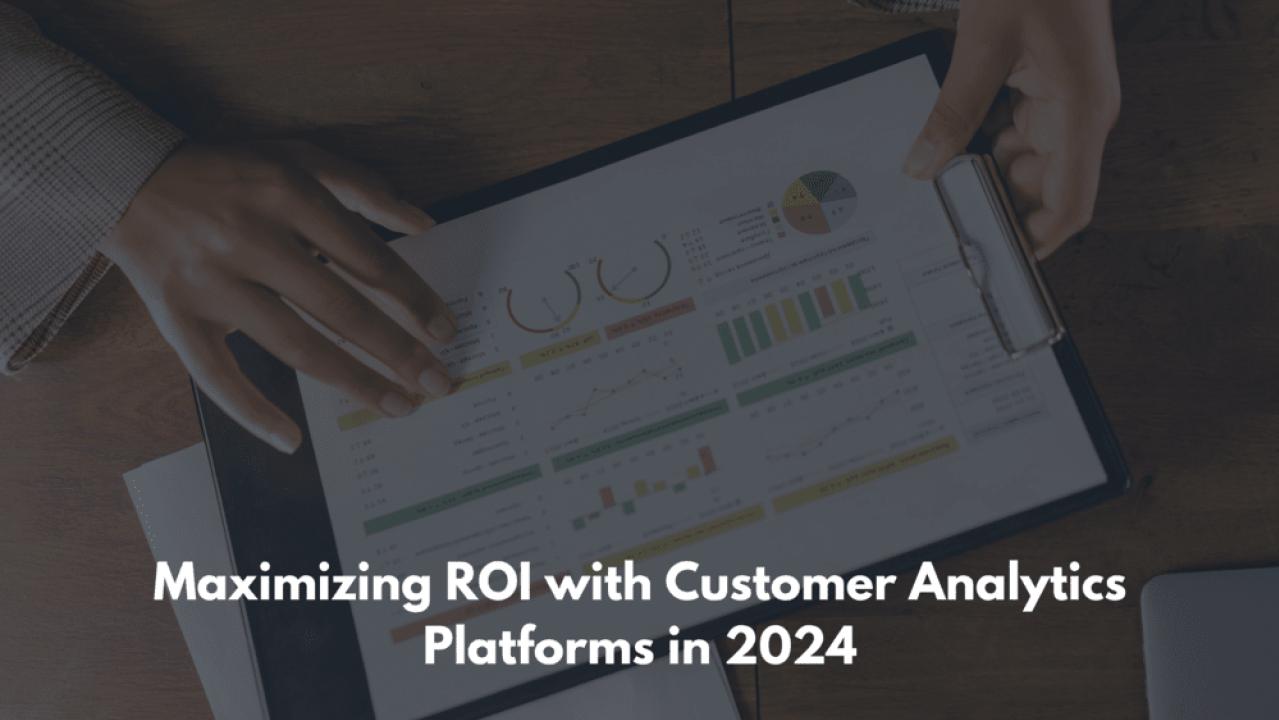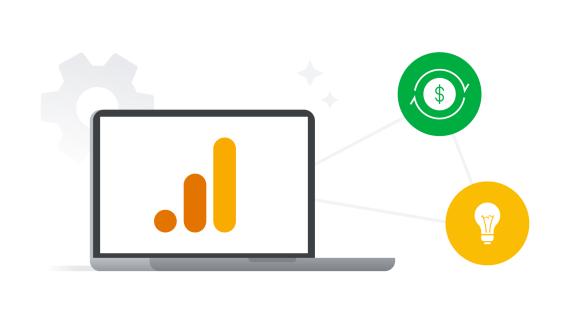In today's competitive landscape, businesses are increasingly turning to Customer Analytics Platforms to enhance their understanding of customer behavior and preferences. These platforms leverage advanced technologies such as artificial intelligence (AI) and machine learning (ML) to analyze vast amounts of data, enabling organizations to make informed decisions that drive growth and improve Martech ROI. This blog explores how businesses can maximize their return on investment by effectively utilizing customer analytics platforms in 2024.
Understanding Customer Analytics Platforms
Customer analytics platforms are sophisticated tools designed to gather, analyze, and interpret customer data from various touchpoints. They provide insights into customer interactions, preferences, and behaviors, allowing businesses to tailor their strategies accordingly. The key components of these platforms include:
- Data Collection: These platforms collect data from multiple sources, including social media, emails, customer service interactions, and website activity. This comprehensive data collection is crucial for obtaining a holistic view of customer behavior.
- Data Analysis: Utilizing AI and ML, customer analytics platforms can process large datasets to identify trends and patterns. This analysis helps businesses understand what drives customer satisfaction and loyalty.
- Actionable Insights: The ultimate goal of customer analytics is to provide actionable insights that can inform marketing strategies, product development, and customer service improvements.
Benefits of Using Customer Analytics Platforms
Investing in customer analytics platforms offers several benefits that can significantly enhance Martech ROI:
1. Improved Customer Understanding
By analyzing customer data, businesses can gain deeper insights into their target audience. This understanding allows for better segmentation and personalization of marketing efforts, leading to more effective campaigns. For instance, businesses can tailor their messaging to resonate with specific customer segments, increasing engagement and conversion rates.
2. Enhanced Customer Experience
Customer analytics platforms enable organizations to map the customer journey, identifying key touchpoints and potential pain points. By addressing these issues, businesses can enhance the overall customer experience, leading to higher satisfaction and retention rates. For example, if analytics reveal that customers frequently abandon their carts at a specific stage, businesses can streamline that process to reduce friction.
3. Data-Driven Decision Making
With access to real-time data and insights, businesses can make informed decisions that align with customer needs and preferences. This data-driven approach minimizes guesswork and allows for more strategic planning. Companies that leverage customer analytics are more likely to identify new opportunities for growth and innovation.
4. Increased Revenue Opportunities
Customer analytics platforms can uncover upselling and cross-selling opportunities by analyzing purchasing behavior. By understanding what products or services customers are likely to buy together, businesses can optimize their sales strategies, ultimately increasing average transaction values and overall revenue.
5. Enhanced Marketing Efficiency
By utilizing customer analytics, businesses can refine their marketing strategies to focus on the most effective channels and messages. This optimization leads to better allocation of marketing resources, reducing waste and improving Martech ROI. For instance, if analytics indicate that a particular social media platform yields higher engagement, businesses can prioritize their efforts there.
Best Practices for Maximizing ROI with Customer Analytics Platforms
To fully leverage the potential of customer analytics platforms, businesses should consider the following best practices:
1. Define Clear Objectives
Before implementing a customer analytics platform, organizations should define clear objectives. Whether the goal is to improve customer retention, increase sales, or enhance customer satisfaction, having specific targets helps guide the analytics process.
2. Invest in Quality Data
The effectiveness of customer analytics largely depends on the quality of the data being analyzed. Businesses should ensure that they are collecting accurate and relevant data. This may involve cleaning existing data, integrating disparate data sources, and ensuring compliance with data privacy regulations.
3. Foster a Data-Driven Culture
Encouraging a data-driven culture within the organization is essential for maximizing the benefits of customer analytics. Employees at all levels should be trained to understand and utilize data in their decision-making processes, fostering collaboration between departments.
4. Continuously Monitor and Adapt
Customer preferences and behaviors are constantly evolving. Therefore, businesses should continuously monitor analytics and adapt their strategies accordingly. Regularly reviewing performance metrics allows organizations to stay agile and responsive to changing market conditions.
5. Leverage Advanced Features
Many customer analytics platforms offer advanced features such as predictive analytics and customer segmentation. Businesses should take advantage of these capabilities to gain deeper insights and enhance their marketing efforts.
Conclusion
In 2024, Customer Analytics Platforms will play a pivotal role in helping businesses maximize their ROI. By leveraging these platforms, organizations can gain valuable insights into customer behavior, enhance the customer experience, and drive revenue growth. As the market continues to evolve, those who invest in customer analytics will be better positioned to thrive in an increasingly Competitive landscape. Embracing a data-driven approach not only improves Martech ROI but also fosters long-term customer loyalty and satisfaction, ensuring sustainable business success.















